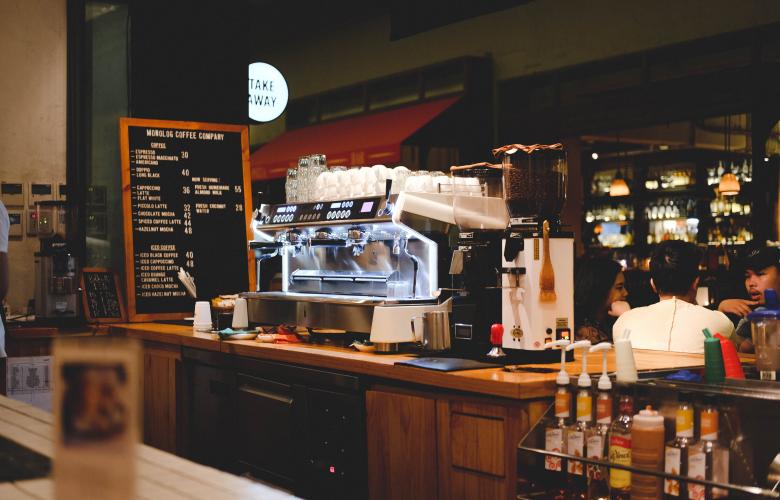Savills observes high demand for F&B retail spaces in Jakarta
Contact
Savills observes high demand for F&B retail spaces in Jakarta
Savills Asian Cities Report - Jakarta Retail 1H 2018 says overall demand has been lower than supply due to a sluggish economy and shifting consumer profile.
Indonesia's largest economic powerhouse is Jakarta. Priding itself on being the nation's main commercial, political and business hub Jakarta maintains a GDP growth rate similar to and oftentimes exceeding Indonesia's.
Asian Cities Report - Jakarta Retail at a glance:
- Jakarta's annual GRDP growth rate of FY2017 stood at 6.22%.
- Approximately 450,000 square metres of new supply will enter retail market between 2018 and 2021.
- Despite renovations, vacancy rates climbed to 12.1% from 10.3% in 2016.
- High-end mall vacancy rose to 6.4% by end-2017 compared to 2.8% in 2016.
- Middle-low and middle-up malls vacancy rates increased to 8.5% and 19.7% respectively from 7.3% and 16.1% in 2016.
- Upper-grade malls saw declining vacancy levels from 7.4% in 2016 to 6.3% in 2017.
Its annual GRDP growth rate for FY2017 stood at 6.22%, outperforming Indonesia’s which stood at 5.07%. Jakarta’s consumer confidence index in February 2018 also improved to 126.7, compared with 124.0 in February 2017. Infrastructure development and a conducive business and investment climate all contributed to the city’s economic growth. After reaching a peak between 2010 and 2013, demand for retail space has been lower than new supply.
Since the 1970s, Jakarta's number of shopping centres has continued to increase, despite growth slowing due to permit securing complexities. Demand for retail space in Jakarta reached its peak between 2010 and 2013 where net take-up surpassed new supply. Since 2014, the pattern has reversed. In response to rising vacancies and a slow retail market, rents in Jakarta decreased slightly. Average rent reduced by 3% from last year’s average. The survival of the retail market depends on its consumers and retailers need to identify and adapt to customer preferences. Around 450,000sq.m. of new supply will enter the retail market between 2018 and 2021.
Demand
Demand for retail space in Jakarta reached its peak between 2010 and 2013 where net take-up surpassed new supply. Since 2014, the pattern has reversed – demand has been lower than new supply – and it continued in 2017 due to the sluggish economy and a shifting consumer profile. In response to these changes, retailers and mall owners have tried to improve their spaces – unveiling new looks to their centres. A number of malls underwent major renovation and tenant improvement works in 2017. Even so, the vacancy rate climbed to 12.1% from 10.3% in 2016.
Based on grade, upper-grade shopping centres were the only ones to show positive net take-up in 2017, while the other grades experienced negative net take-up. Consequently, high-end mall vacancy rose to 6.4% by end-2017 (vs 2.8% in 2016). Vacancy rates in middle-low and middle-up malls increased to 8.5% (7.3% in 2016) and 19.7% (16.1% in 2016) respectively due to new inventory growth. Meanwhile, upper-grade malls enjoyed a declining vacancy level from 7.4% in 2016 to 6.3% in 2017.
During 2017, demand for retail space from the F&B sector remained high, as retailers expanded their footprint. Beauty retailers were also more active during the year.
Click here to view Savills Asian Cities Report Jakarta Retail 1H 2018.
For more information or to discuss the report email Craig Williams via the contact details listed below.
Similar to this:





